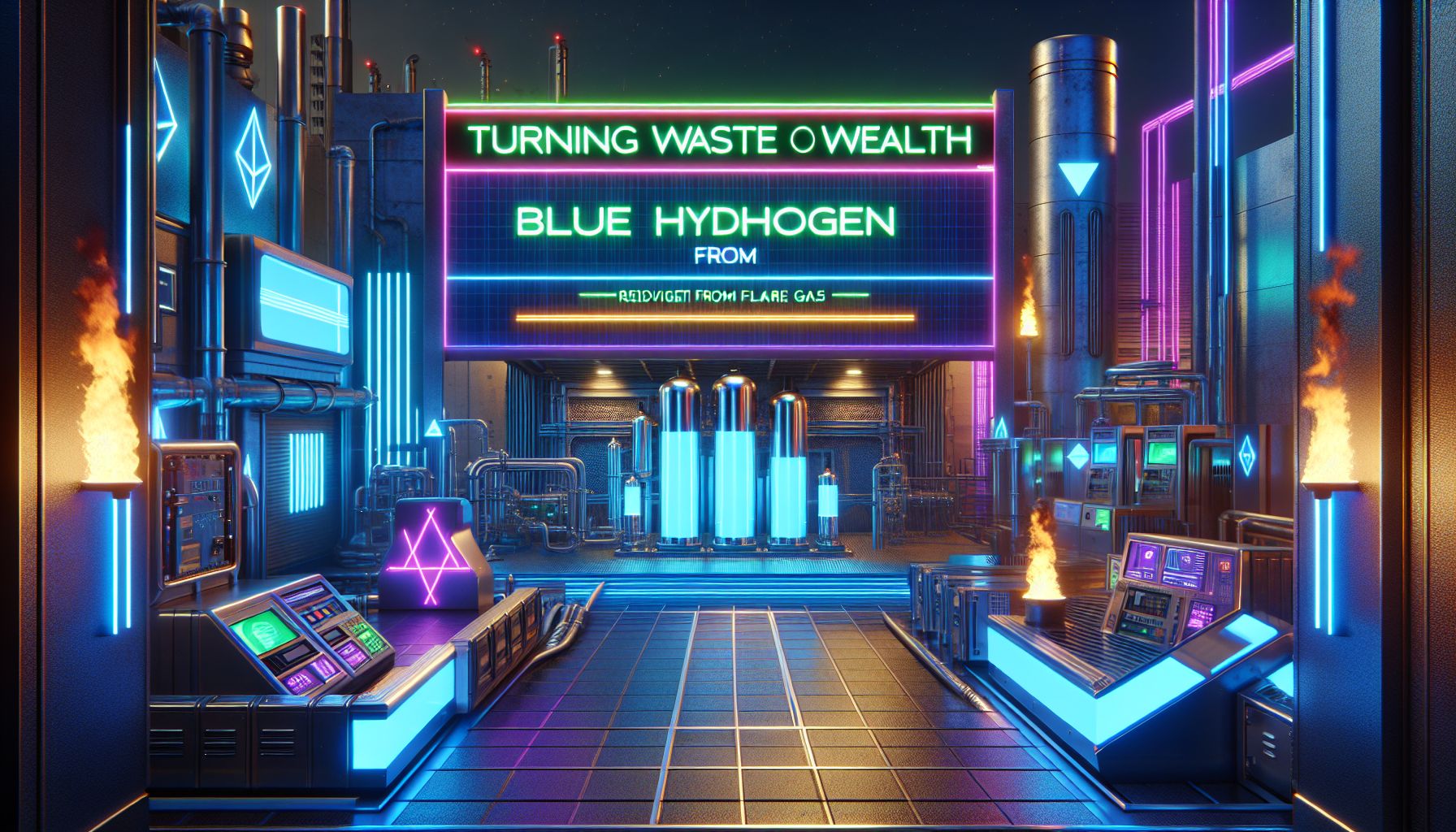Turning Waste into Wealth: Blue Hydrogen from Flare Gas

Abuja, Monday, 14 July 2025.
A study reveals how using flare gas for blue hydrogen reduces emissions with great economic benefits, particularly for Nigeria. It’s an innovative step towards sustainable energy and circular economies.
Economic Feasibility with a Green Twist
Did you know Nigeria could turn its flared gas into gold, well, blue hydrogen? A study reveals that using flare gas for hydrogen production can not only cut emissions but also bring substantial economic benefits. The secret sauce is Steam Methane Reforming (SMR) combined with Carbon Capture and Storage (CCS) [1]. With a Cost-Benefit Ratio (CBR) of 2.15 with carbon credits and 1.96 without, this approach promises a financial boom with a payback period under five years. Talk about hitting two birds with one stone! [1]
Nigeria’s Role in Global Hydrogen Production
Picture this: Nigeria, a central hub for blue hydrogen, leveraging its abundant natural gas reserves to reduce global carbon emissions. By harnessing this potential, Nigeria could not only decrease its reliance on the national grid but also boost its economic standing worldwide. The commitment to a $122 billion investment doesn’t hurt either [2][3]. The move towards a circular economy through sustainable energy production could redefine the country’s role in the global energy landscape [1].
Tech Magic and Environmental Gains
The techno-economic analysis doesn’t just stop at profits—it’s also about saving our beloved planet! Through SMR with CCS, approximately 697,734 tons of CO2 emissions can be avoided annually. That’s equivalent to taking about 150,000 cars off the road each year. It’s a stark illustration of how technology can create a cleaner environment and a greener planet [1].
Carbon Credits: The Cherry on Top
Let’s not forget about those handy carbon credits. If sold at USD 20 per ton, they can significantly enhance the project’s attractiveness by adding USD 13,954,680 to its financial mix. That’s not just pocket change! Such incentives make the switch to blue hydrogen even more appealing both environmentally and economically [1].
Conclusion: From Waste to Wealth
Imagine transforming waste into wealth. This isn’t just a pipe dream but a vivid reality for Nigeria. By turning flare gas into blue hydrogen, Nigeria strides towards an environmental and economic renaissance, proving that sustainability can indeed be profitable. The future certainly looks bright, as Nigeria positions itself at the forefront of the global hydrogen revolution [1][2].